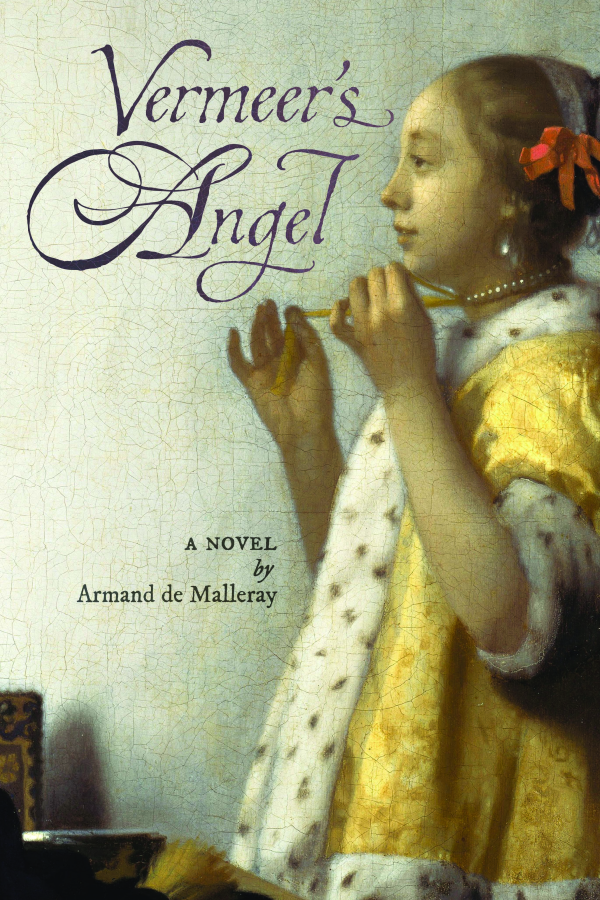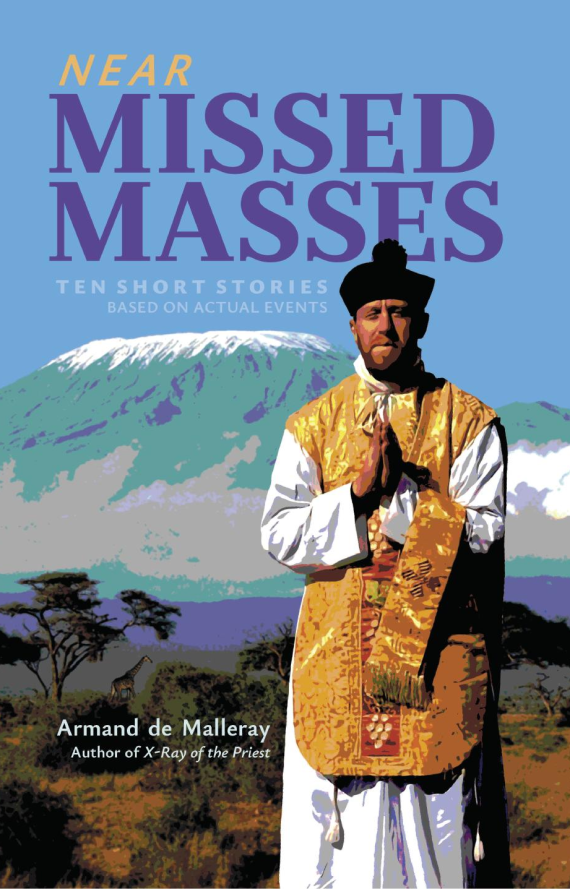Vermeer's Angel
- Product Code: va
$22.95
-
A deceased art expert seemingly reappears in Japan, upsetting the plans of priestly diplomats. They fear, lest a ruthless schemer may have stolen his identity. How far will that possible super spy dare to go to subvert Church policy? The answer may be hidden in Vermeer’s celebrated paintings. Against a Cold War backdrop, friendship, religion, the fine arts, and ideology intertwine. Loyalties are tested, leaving the only alternatives of betrayal or sacrifice. In the Church under attack, the worst infiltration is sin. Safety then will start with repentance.
Attention for UK customers who purchase directly from the website: If you are in the UK and purchase from our website the book will be printed in the UK, so that you will pay no international shipping or customs charges, and will have it delivered to you within two to seven working days of purchase. Want to buy several copies for friends or parishioners? Contact us for larger orders (Use the contact form or email us at info@aroucapress.com)
-
A brilliant debut novel in an intriguing genre that could accurately be called ‘Vatican Noir’. The author’s detailed knowledge of the ecclesiastical backdrop and the artistic foreground make for a convincing ‘high resolution’ world in which ambition, morality, psychology, espionage and high drama intersect.
—Pierpaolo Finaldi, The Catholic Writers Guild
This stunning prose draws the reader into a world of intrigue and uncertainty where nothing is quite as it seems. This is more than just a novel, it is a haunting meditation on the significance of memory, identity, betrayal, guilt and the insatiable human yearning for the Truth.
—Fiorella De Maria, The Fr Gabriel Mysteries
A remarkable novel, a tale of Ostpolitik set in expertly orchestrated scenes alternating between the aftermath of Hiroshima and the collapse of Eastern European communism. Ingeniously interweaving the various strands of his fiction with real history, Japanese culture, Vatican diplomacy, Kim Philby's Soviet spy ring, and a penetrating analysis of art that makes painting come alive, this is not only a culturally sophisticated narrative, but a gripping read, full of human interest.
—Robert Asch, St Austin Review
A triumph of a novel. It is a startlingly broad canvas that crosses several continents, cultures and decades, unfolding for the reader subtle readings of both artistic masterpieces and men’s souls. It is a novel about the loss of the self, caused by the atomic blast of modernity and the lingering radiation of older ills. It is a novel about memory and about self-betrayal, suffused with a gentle but persistent sense of the need to recover spiritual responsibility in a world of pragmatic compromise.
—Dr Brian Sudlow, Catholic Literature and Secularisation in France and England





A Priest-Novelist and His Debut: Father Armand de Malleray
If you’ve ever wondered which saints have written novels, the answer points unmistakably to English literature—specifically, the legendary Saint Cardinal John Henry Newman (1801–1890). Not only is he a brilliant Catholic apologist and theologian, but he is also the author of the autobiographical novel "Loss and Gain" (1848) and the historical fiction "Callista" (1855). With such a towering figure leading the pantheon of fiction writers, it’s no surprise that the same literary tradition includes highly gifted priest-writers like the renowned Father Robert Hugh Benson (1871–1914). Last year brought one of the most delightful surprises with the literary debut of another priest belonging to the world of Gregorian liturgical tradition, Father Armand de Malleray, FSSP. Mentioning that Father de Malleray earned a master’s degree in modern literature from the Sorbonne in Paris during his youth makes it clear that his work stems from a lifelong passion for the art of beautiful words.
Titled "Vermeer’s Angel" (Arouca Press, 2023), the author’s first novel is undeniably a triumph. What amazed me from the very first pages was the mastery with which he wields the English language. For a Frenchman, this is both an act of humility and an extraordinarily rare achievement. It must be emphasized at the outset that the stylistic quality of Father de Malleray’s novel is exceptional.
If I were to immediately answer the question, “What is the most striking feature of 'Vermeer’s Angel?'” I would respond without hesitation: “refinement.” Beyond the refinement of style, the content itself and the intricate weave of ideas are equally characterized by this quality. Without wishing to spoil the plot, I’ll say that at first glance, we are dealing with a detective novel. Spies, intricate intrigues, chases, revelations, and doubts surrounding the identity of sophisticated characters—all the “arsenal” of the genre is present. If anyone might think this is one of the most common genres today, I hasten to assure you that what the author does with it is, in fact, a kind of ennobling.
By setting the action in a universe of politico-ecclesiastical intrigues unfolding at the crossroads of multiple worlds and countries—among which a leading place is occupied by Japan—Father Armand de Malleray creates the perfect backdrop for a subtle exploration of universal masterpieces of visual arts, as well as the profound inner struggles of a servant of the altar. So, if you’re looking for an adventure novel where art, history, politics, Catholicism (i.e., religion), and literature itself are treated with the finesse of an English lord’s salon, "Vermeer’s Angel" is exactly what you need.
I cannot conclude this brief note (which serves as an introduction to a longer review to be published soon) without adhering to the principal requirement set by T.S. Eliot regarding the purpose of literary criticism: uncovering the beauty of the written text. Here is a short excerpt that, I believe, will convince you:
“In a meditative mood, the bishop looked successively at Fr. Xavier Hasekura’s grave in the distance, at the countless Buddhist tombs across the hilly grounds, and finally at the scattered groups of late visitors. It was getting cold as the afternoon was drawing to a close, and he tightened his purple cashmere scarf around his chest. By his watch it was past 5pm and he relished following the imperceptible descent of the sun upon the horizon.”
As I read the above fragment, the internalized melancholy evoked by the twilight of the Japanese sun resurfaced from the deep waters of my memory, bringing to mind the paintings of masters like Katsushika Hokusai (1760–1849) and Utagawa Hiroshige (1797–1858). Yet, unlike them, Father Armand de Malleray employs words instead of brushes. His mastery as a landscapist—both of nature and, more importantly, of the interior worlds of his characters—is beyond question.
(As published in the print edition of "The Remnant")